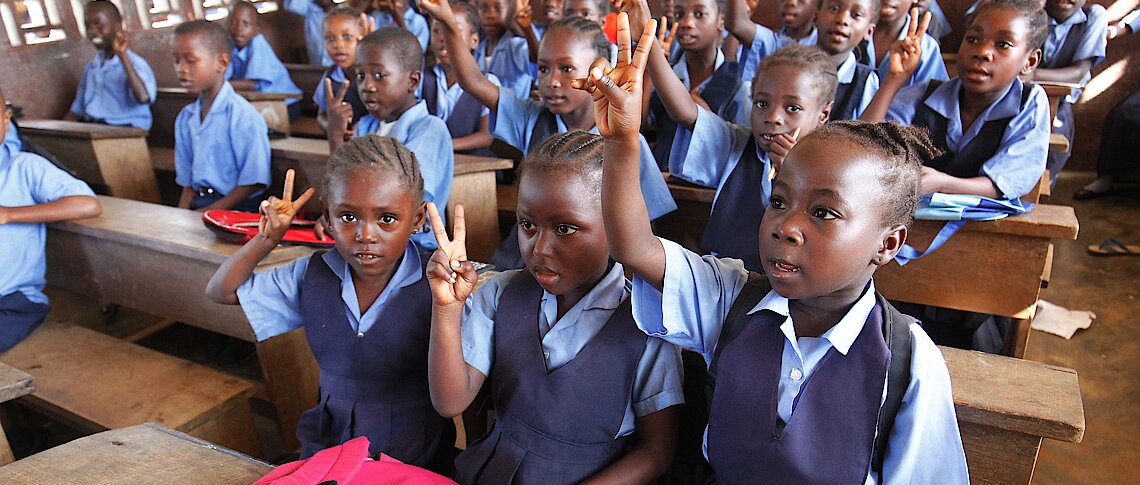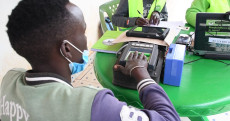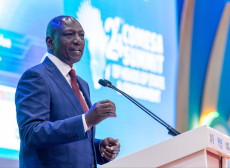- In Kenya, schools are revising curricula to be more inclusive and challenge gender stereotypes. This includes promoting positive representation of all genders in textbooks and educational materials and encouraging interest in non-traditional career paths, like girls in STEM and boys in caregiving roles.
Gender equality in schools today is an evolving area of focus that aims to ensure equality among students regardless of gender. While progress has been made over the years, there are still ongoing efforts to achieve gender parity fully.
In Kenya, schools are revising curricula to be more inclusive and challenge gender stereotypes. This includes promoting positive representation of all genders in textbooks and educational materials and encouraging interest in non-traditional career paths, like girls in STEM and boys in caregiving roles.
Efforts are being made to ensure that both boys and girls have equal access to resources, extracurricular activities and leadership opportunities. However, in some regions barriers still exist that limit access for girls due to cultural norms .
Professional development programs have been established to focus on raising teachers' awareness of unconscious biases which may affect how they treat students. This helps create a classroom environment where participation and encouragement are more balanced.
Kenya is on a run to implement policies that support gender equality in schools. These include anti-discrimination laws and gender equality. These policies aim to bridge gender gaps in school attendance, performance as well as subject choice.Addressing issues like bullying and harassment, which often disproportionately affect female students, is crucial for fostering an environment where all students feel safe and respected.
Schools are on the forefront in publicizing how gender associates with other factors such as race, socioeconomic status as well as disability.This will play a big role in ensuring that gender equality efforts are comprehensive and inclusive.
Amidst challenges like unequal access to education, gender-biased teaching and societal norms in marginalized areas of the country, continued collaboration among educators, policymakers, and communities is essential to drive progress towards true gender equality in schools.












